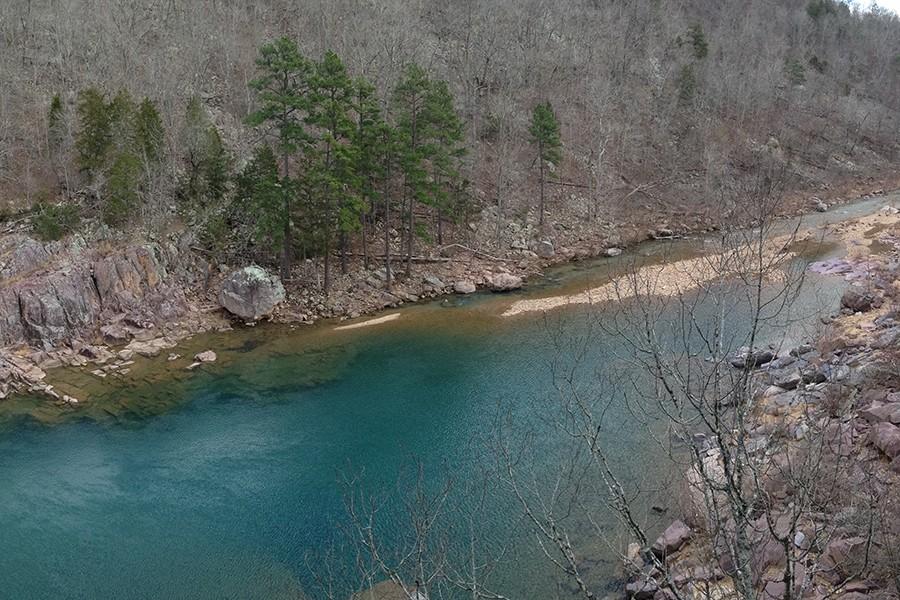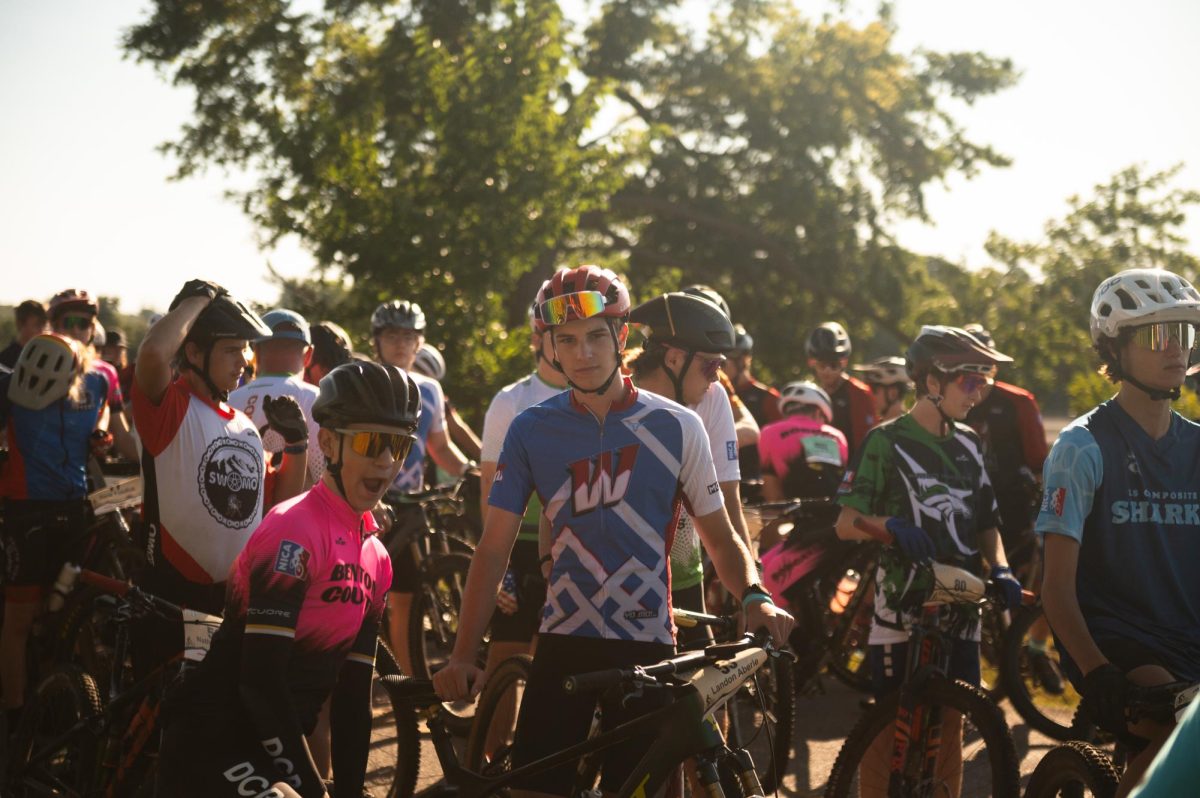A common problem faced by campers today is money. After you’ve spent your hard earned dollars on a nice sleeping bag, tent and the latest in backpacking stove technology (unless you’re cheap like me), you still have to pay fees for campgrounds, often at a nightly rate. Some of these campgrounds even offer running water, bathrooms and electrical outlets, which really drives up the cost. While that’s fine for very casual campers, those wishing to escape into the fullness of nature will find the artificiality of these campsites unfulfilling. If only there was a way to get away, for cheap…
Enter dispersed camping.
Dispersed camping is camping in a national forest outside of established campgrounds. There are a couple of rules for where you can set up camp, but generally they are pretty loose. While there is no clean water or bathrooms provided, experienced campers will find the freedom of dispersed camping very appealing. The best part: it’s 100 percent free.
Over spring break, my friend and I went backpacking in Mark Twain National Forest, utilizing the benefits of dispersed camping. Please note that you don’t have to go backpacking to enjoy dispersed camping. Our trek lasted three days and two nights, and we covered 18 rugged miles and summited the tallest point in Missouri (Which isn’t actually that tall at 1772 feet).
Our first day was short, because we started mid-afternoon. After crossing the Black River and covering a few miles, we set up camp off the trail. Following the rules of dispersed camping, we had to travel several hundred feet off the trail. We also had to respect the concept of “leave no trace,” meaning that all of our trash had to be bagged and carried out with us and that we didn’t cut down or harm living trees; all of our firewood was already dead and on the ground. A full list of rules for the area we were camping in can be found here.
Our second day was a long, full day of hiking (10 ½ miles). Around mile five, it started snowing. Taking shelter from the snowstorm under a tree, our group helped themselves to some lunch. There are many ways to bring food when dispersed camping, ranging from lightweight dehydrated foods and energy bars, to packing a cooler with sandwiches. Because we were backpacking, we had to carry all our food on our backs and the lightweight and calorie-rich dehydrated food (such as Mountain House) and bars (like Clif Bars) were the way to go.
On the morning of day three, we woke up to a light layer of frost covering our campsite. The cold froze most of our water so we had to let it thaw next to the fire we constructed. Unlike the last campsite, we set up in an existing site which was a clearing that included a fire ring. This allowed us to build a large fire, which felt really good on a below-freezing morning.
One thing to keep in mind when dispersed camping is that there is no clean water provided for you. You either need to bring all of your own water or be able to filter it from natural streams, creeks, rivers and springs. I used this cheap Sawyer filter I got on Amazon for my trek, which is great if you’re on a budget.
Even if you’re not an experienced camper, dispersed camping can be still be a lot of fun. Bring a cooler, grab some friends, and spend a night around a campfire—trust me, it’s worth it! Especially now that spring is upon us, get out there, and get camping.



![Smiling in a sea of Longhorns, Fox 2 reporter Ty Hawkins joins junior Darren Young during the morning Oct. 3 pep rally. The last time West was featured in this segment was 2011. “[I hope people see this and think] if you come to [Parkway] West, you will have the time of your life because there are so many fun activities to do that make it feel like you belong here. I was surprised so many people attended, but it was a lot of fun,” Young said.](https://pwestpathfinder.com/wp-content/uploads/2025/10/Edited2-1200x798.jpg)

![Blue lights shining brightly, senior Riley Creely beatboxes into the microphone. Creely and the group began the performance in front of the blue lights, sparking interest from the audience. “The pep rally performance was fun. I got to beatbox for the first half of the song, which was hype. I liked to look into the student section [while I performed],” Creely said.](https://pwestpathfinder.com/wp-content/uploads/2025/09/DSC_5085-Enhanced-NR-1200x799.jpg)


![Hugging senior Ella Wheeler, senior Jamaya Love beams after scoring a touchdown at the Powderpuff football game on Sept. 11, putting the seniors on the scoreboard with a score of 6-2 above the juniors. The seniors went on to capture the victory with a final score of 12-2. “I was actually gassed [at this moment]. I was so tired. But, everyone on the sideline, all my teammates and everybody in the stands were cheering,” Love said.](https://pwestpathfinder.com/wp-content/uploads/2025/09/DSC1735-Enhanced-NR-2-1200x799.jpg)
![Raising her hands in the air, freshman Jillian Sternhagen follows Mr. Mooney’s lead during an activity Aug. 15 at freshman orientation. Surrounded by other freshmen, Sternhagen learned an “A O E day” chant to help remember their new weekly high school schedule. Students participated in several activities to get to know each other, the school and the upperclassmen. “We got to tour the school and learn where everything in our schedule is. The energy [at orientation] was fun; the leaders were peppy and got us excited,” Sternhagen said.](https://pwestpathfinder.com/wp-content/uploads/2025/08/DSC_0145-1200x798.jpg)
![Shifting global trade, President Donald Trump’s tariffs are raising concerns about economic stability for the U.S. and other countries alike. “[The tariffs are] going to pose a distinct challenge to the U.S. economy and a challenge to the global economy on the whole because it's going to greatly upset who trades with who and where resources and products are going to come from,” social studies teacher Melvin Trotier said.](https://pwestpathfinder.com/wp-content/uploads/2025/05/MDB_3456-1200x800.jpg)


